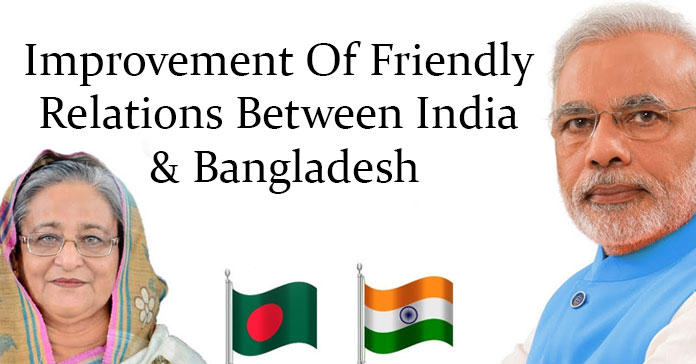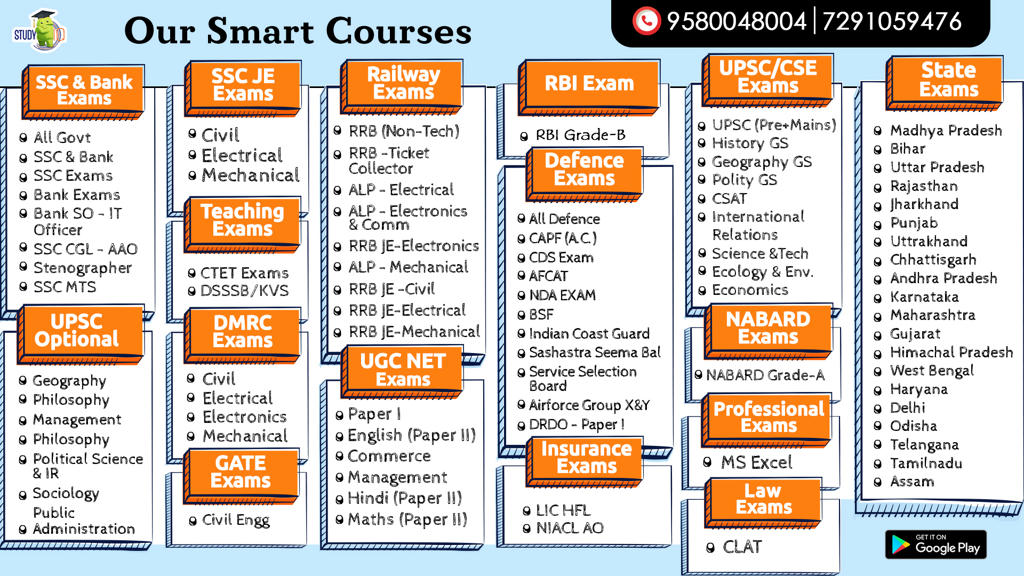Table of Contents
A morale boost for policepersons
- In early May, Amit Kumar, a 32-year-old constable, became the first COVID-19 casualty of the Delhi Police.
- He died after several hospitals refused to admit him.
- Of the 6,405 personnel of the Delhi Police who had tested positive for the infection (until November 14), 23 had succumbed.
- In April, sub-inspector Ikram Hussain of the Central Reserve Police Force breathed his last in New Delhi after testing positive for COVID-19.
- Over 30 personnel of the battalion had to be quarantined thereafter.
- And in Patiala, Punjab, on April 12, while enforcing the lockdown, assistant sub-inspector Harjit Singh was attacked by a group of Nihang Sikhs when they were asked for their curfew passes.
- One of them chopped off Mr. Singh’s hand with a sword. Fortunately, timely medical intervention helped the surgeons restore his hand.
- The very nature of their duties, including during the lockdown, warrants their interaction with the general public.
- It is no surprise that a large number of police personnel have been infected by the virus and many have died.
- According to the Indian Police Foundation, of the 1.5 lakh police and Central Armed Police Forces (CAPF) personnel who had tested positive for COVID-19 by the end of October, more than 900 had lost their lives.
- In Karnataka, data till November 2 show that 9,348 police personnel had tested positive of which 31 had died.
- In Assam, data till the first week of October show that 4,679 had tested positive, of which 23 had died.
- The Andhra Pradesh Police recorded over 13,000 cases of COVID-19 till October, of which more than 100 are reported to have died.
- Until November 6, the Uttar Pradesh Police had reported seven deaths; 567 personnel had tested positive.
- With a massive inflow of tourists, the Goa Police have had the difficult task of enforcing COVID-19 protocols.
- In the process, 900 personnel including the Director General, Mukesh Kumar Meena, got infected.
- In Mizoram, 11 policemen and three Assam Rifles personnel got infected. And so on and so forth.
- Families of those who lose their lives due to COVID-19 are paid compensation by the States.
- While the Maharashtra government paid ₹50 lakh to the families of 50 Mumbai policemen who lost their lives while carrying out their responsibilities during the fight to contain COVID-19, the State Police gives ₹10 lakh out of the Police Welfare Fund to the families of the deceased.
- In keeping with the policy of the Delhi government, Amit Kumar’s family was paid ₹1 crore. Another ₹10 lakh was paid from the Delhi Police Welfare Society fund.
- At grave risk to their lives and also to the lives of their kith and kin, they maintain law and order, enforce rules and protect lives.
- The Central government could recognise their services by instituting a medal to signify the efforts of many in combating the virus.
- The number of medals on a policeperson’s chest would serve as a morale booster for them.
- The Centre and the States could also reserve jobs for the children of these policemen.
The Iran challenge
- When Joe Biden left the government in 2017 after having served as Barack Obama’s Vice-President for eight years, the U.S.-Iran relationship was on a totally different trajectory from what it is now.
- JCPOA was signed in 2015 – both US and Iran were cooperating in fight against ISIS.
- Now, when Mr. Biden would assume the presidency on January 20, one of his most pressing early diplomatic challenges would be Iran.
- Mr Biden may want amendments to the original accord.
- When the Trump administration exerted ‘maximum pressure’, Iran came up with ‘maximum resistance’.
- The tensions took both countries to the brink of war twice, first when Iran shot down an American drone over the Gulf in June 2019 and then when the U.S. killed Iranian General Qasem Soleimani in January this year.
Late But Welcome | ToI
- This year, particularly in light of the high costs of misinformation in first the pandemic and then the US election, Twitter has been introducing new labels and warning messages to provide context for some of the tweets that contain disputed or misleading information.
- In a welcome move the company has begun to do this in India too.
- It has tagged a tweet by BJP’s IT cell head Amit Malviya as “manipulated media”.
- Studies indicate that misinformation spreads much faster on social media.
- Algorithms feeding confirmation biases don’t help.
- Public health and social harmony are foremost areas in which the world has seen fakery wreak havoc.
- This widespread hurt demands that social media companies do more to help consumers separate trustworthy information from its irresponsible opposite.
- Retweeting “manipulated media”, just like mindlessly forwarding suspect WhatsApp messages and Facebook posts, can be bad enough.
- But special censure must be wrought upon persons who originate such material, especially if they hold positions of prominence and responsibility. Even the organisations they work for must set an example by disciplining such trespasses.
- The key to the success of this Twitter policy will be even-handedness across the ideological spectrum.
Timing it right
- Buoyed by vaccine optimism, educational administrators are working with vigour to end the prolonged disruption to schooling, and conduct traditional pen-and-paper public examinations in 2021.
- The CBSE, with more than 20,000 schools under its ambit at the secondary level, has weighed in favour of written mode tests, obviously counting on progress in dealing with the pandemic.
- As a system with 1.2 million students registering for its senior school certificate examination, and covering schools for expatriates as well, the Board is a bellwether for academic schedules.
- Reflecting the overall concern on lost academic activities, the Council for the Indian School Certificate Examinations has appealed to States to allow its schools to open Classes 10 and 12 in a limited way early in January.
- In addition, there is also the likely conflict between summer elections in large States such as Tamil Nadu, West Bengal and Kerala, and the examination schedule for 2021.
- The strongest argument in favour of a written Board examination is that it eliminates asymmetrical access, including technology deficits, and gives all pupils an equal opportunity to score.
- The availability of a good vaccine that will also cover teachers and students through a staggered programme is arguably key to determining the coming year’s academic time-table.
- Poor adherence to safety norms by the average citizen can only jeopardise the reopening of schools further, even with a vaccine available.
In farmers’ protests, the core is procurement
- The farmers’ unions want nothing short of a complete withdrawal of the recently enacted Farm Acts, which they claim will ruin small and marginal farmers.
- Their main worry is about a possible withdrawal of the Minimum Support Price (MSP) and a dismantling of the public procurement of grains.
- They also contend that by leaving farmers to the mercy of the open market, the stage has been set for large private players to take over agriculture.
- On the other hand, the government claims that the Acts will only increase options for farmers in the output markets.
- Nearly 88% of the paddy production and 70% of the wheat production in Punjab and Haryana (in 2017-18 and 2018-19) has been absorbed through public procurement, Food Grains Bulletin and Agricultural Statistics at a Glance, Government of India.
- Farmers in Punjab and Haryana are heavily dependent on public procurement and assured price through MSP.
- In contrast, in the other major paddy States such as Andhra Pradesh, Telangana, Odisha and Uttar Pradesh, only 44% of the rice production is procured by public agencies.
- In the case of wheat, this percentage is even lower.
- In the major wheat States of Madhya Pradesh and Uttar Pradesh, only a quarter (23%) of the production is procured by public agencies.
- There are nearly 80 crore NFSA beneficiaries and an additional eight crore migrants who need to be supported under the PDS.
- The government needs an uninterrupted supply of grain, particularly from these two States, to maintain the PDS.
- In the last three years, nearly 40% of the total paddy production in the country (45 million tons) and 32% of wheat production (34 million tons) has been procured by public agencies to supply the PDS.
NEWS
- PM to chair all-party meeting to discuss Covid-19 pandemic & related issues
- Centre and farmers hold 4th round of talks in New Delhi; to meet again tomorrow
- Polling underway for third phase of DDC elections in J&K
- RBI to announce its monetary policy review today
- Cyclone Burevi crosses Tamil Nadu coast; weakens into Deep Depression
- PM Modi to deliver keynote address at IIT-2020 Global Summit
- PM greets navy personnel & their families on Navy Day
- Directorate of Revenue Intelligence celebrates its 63rd Founding Day today
- COVID-19 recovery rate in country improves to 94.20 pct
- Over 11,70,000 samples tested for COVID-19 across country in last 24 hours
- US imposes visa curbs on members of Chinese Communist Party
- Bangladesh cannot forget atrocities committed by Pakistan in 1971: PM Hasina
- ‘No Dorai’ and ‘Fagun Haway’ win Bangladesh best films award of 2019
- India says Pakistan Failed to respond on the core issues in Kulbhushan Jadhav case
- External Affairs Minister Dr S Jaishankar holds virtual conversation with Foreign Minister of Dominican Republic
Download Free PDF – Daily Hindu Editorial Analysis






















 WhatsApp
WhatsApp